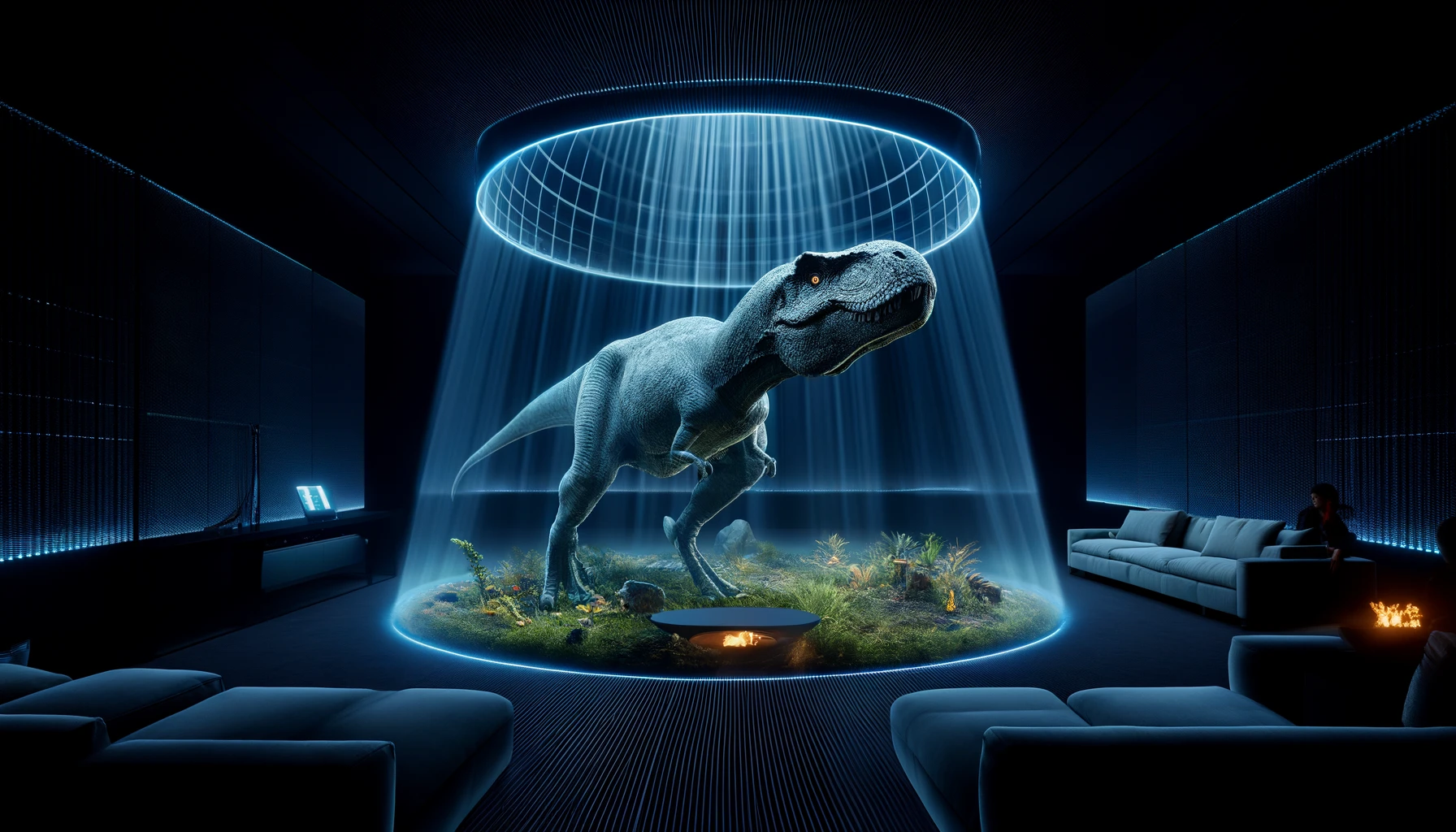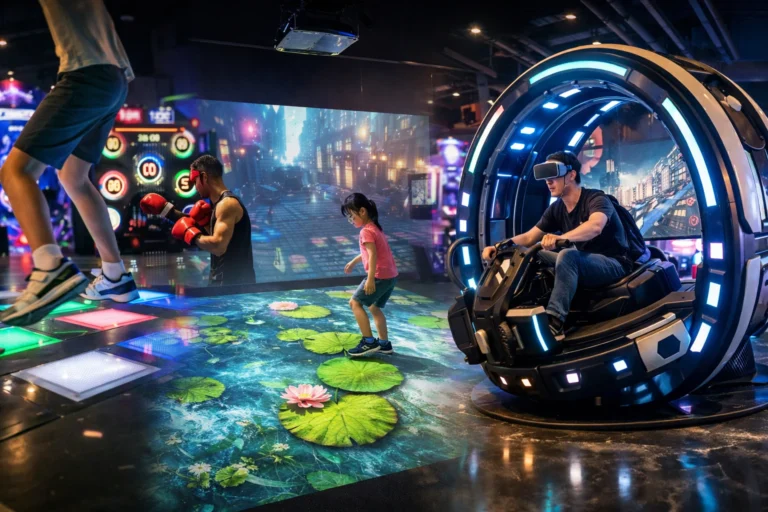Projection technology has come a long way, and the ability to project images into the air is one of its most intriguing advancements. This capability allows for the creation of floating 3D holographic images that can be viewed from various angles, creating a dynamic and interactive experience.
The Science Behind Holographic Images That Can Be Projected in the Mid-Air
Holographic projection involves creating an image that appears to float in mid-air. This is achieved through a combination of laser technology, diffraction, and digital processing. The process starts with the generation of a laser beam, which is then split into two parts: the object beam and the reference beam. The object beam reflects off the subject and meets the reference beam, creating an interference pattern that is recorded on a holographic plate.
Key Components:
- Laser Source: Generates coherent light necessary for creating clear holograms.
- Beam Splitter: Divides the laser beam into object and reference beams.
- Holographic Plate: Captures the interference pattern that forms the hologram.
By understanding these components, we can appreciate the precision and complexity required to produce holographic images that can be projected in the air.
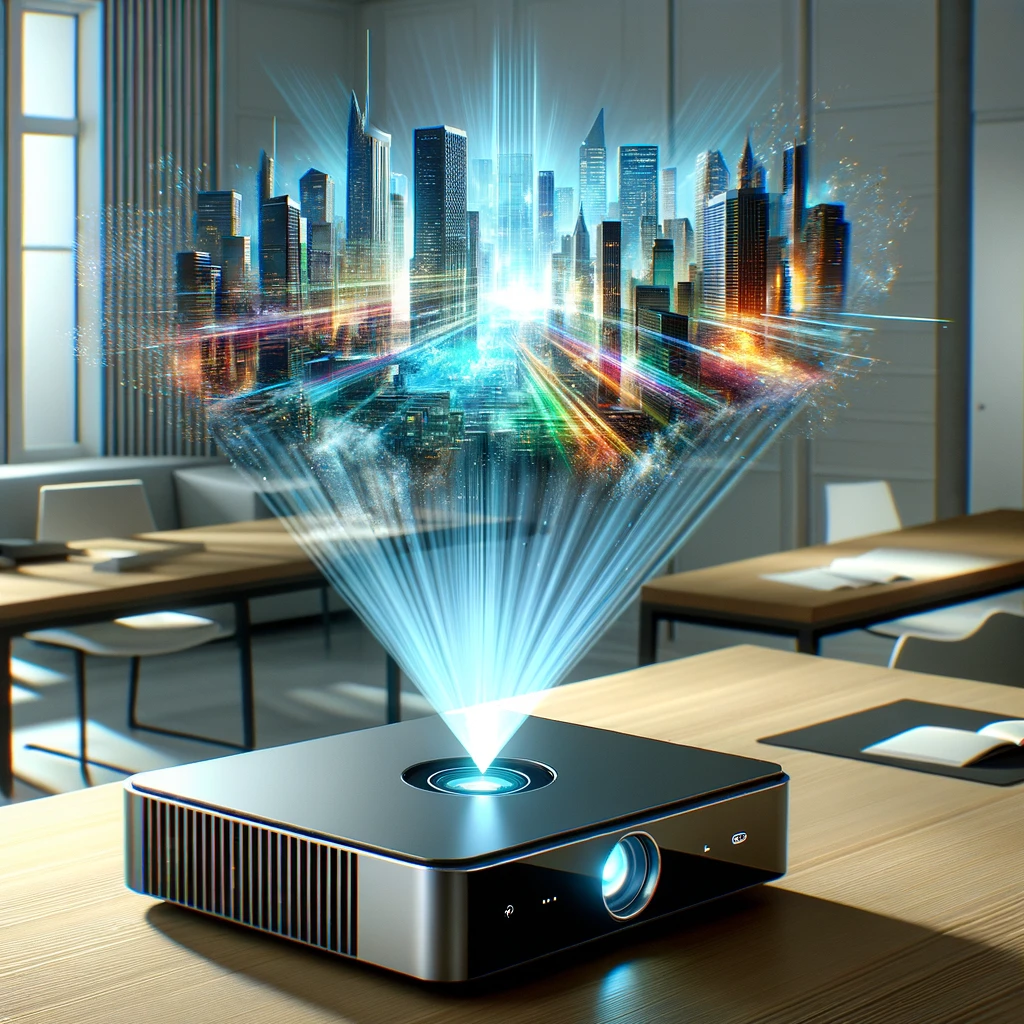
The Technology Behind 3D Projections That Float in the Mid-Air
Creating 3D projections that float in the air requires sophisticated digital 3D projection machines. These devices use advanced optics and projection techniques to render images that appear suspended in space.
How It Works:
- Digital Light Processing (DLP): Uses micro-mirrors to reflect light and create images.
- Laser Phosphor Display (LPD): Combines laser technology with phosphor panels to produce high-resolution projections.
- Optical Scanners: Move the laser beams rapidly to form detailed 3D images.
These technologies work together to create the illusion of three-dimensional objects floating in the air, providing an immersive viewing experience.
Applications of Projection Devices That Project Images in the Mid-Air
Holographic and 3D air projections have a wide range of applications across different industries. From entertainment to education, these projections are changing how we interact with digital content.
Common Applications:
- Entertainment: Used in concerts, theaters, and theme parks to create captivating visual effects.
- Education: Enhances learning experiences with interactive 3D models and simulations.
- Advertising: Grabs attention with dynamic, floating advertisements in stores and public spaces.
- Medical: Assists in surgeries and diagnostics by providing 3D visualizations of anatomy.
The versatility of these projection devices makes them invaluable tools for various fields, enhancing both engagement and functionality.
The Latest Advances in Digital 3D Projection Machines
The field of digital 3D projection is rapidly evolving, with new advancements pushing the boundaries of what is possible. Recent developments have focused on improving image quality, reducing costs, and expanding the range of applications.
Notable Innovations:
- Higher Resolution Displays: Provide clearer and more detailed holographic images.
- Compact Projectors: Smaller, more portable devices that are easier to integrate into different environments.
- Interactive Capabilities: Allow users to interact with projections through touch or gesture controls.
These advancements are making it easier and more affordable to implement holographic projections in various settings, from personal use to large-scale commercial applications.
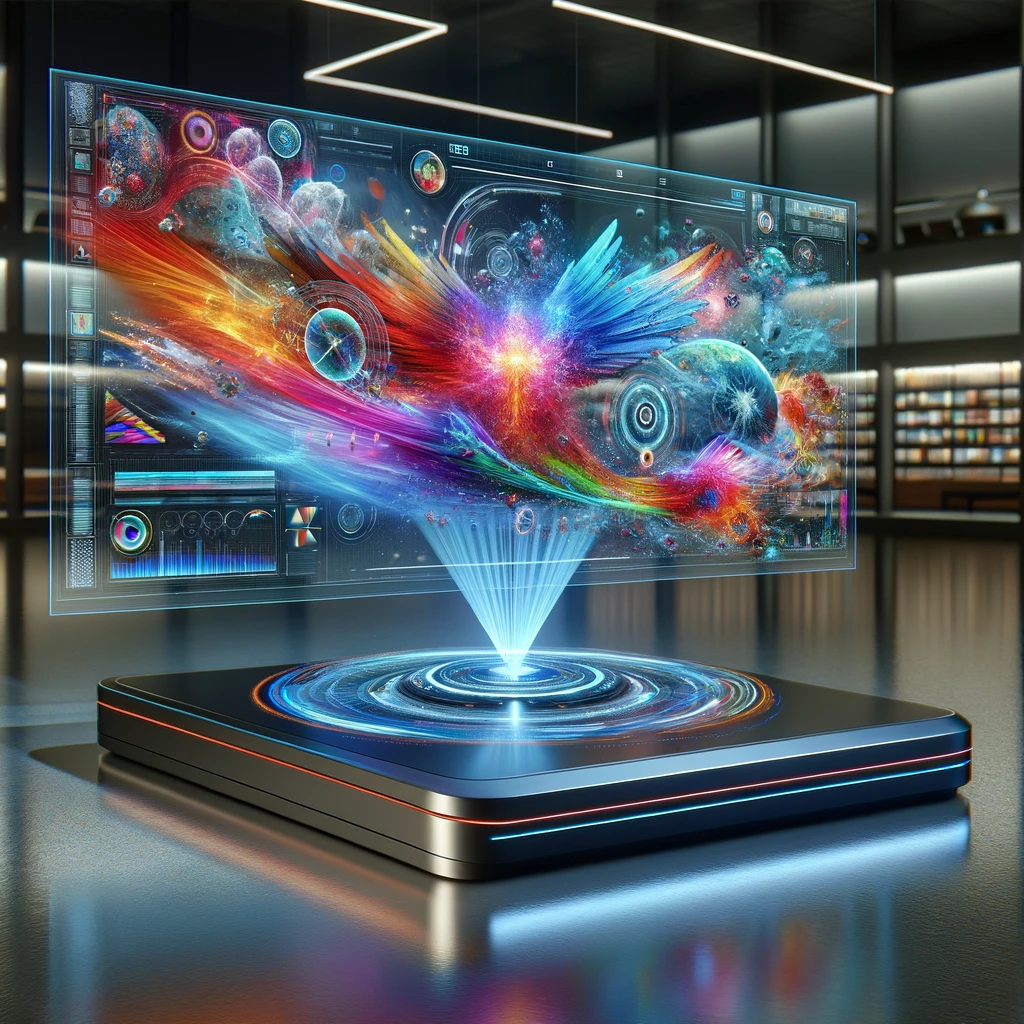
Choosing the Best Projection Devices and Software
When selecting projection devices and software for creating holographic images, it is essential to consider several factors to ensure optimal performance and compatibility.
Considerations:
- Resolution and Brightness: Higher resolution and brightness levels ensure better image quality.
- Compatibility: Ensure the device is compatible with existing systems and software.
- Supplier Reputation: Choose reputable suppliers and manufacturers to guarantee reliability and support.
Some of the best suppliers and manufacturers include Epson, Christie Digital, and Holoxica, known for their high-quality projection devices and software.
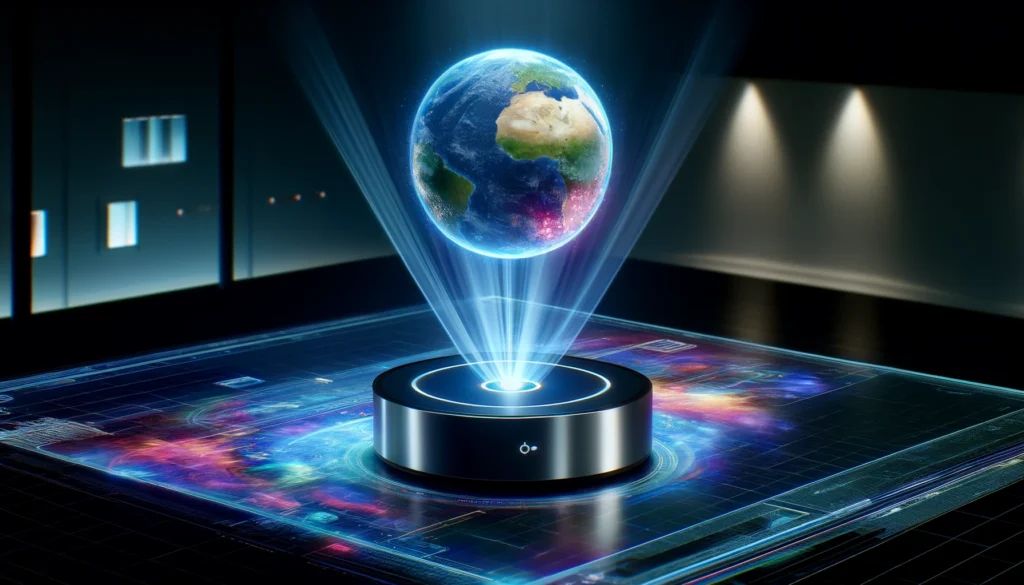
Budgeting and Ordering Your Holographic Projection Equipment
Setting up a holographic projection system involves careful budgeting and planning. Prices can vary widely depending on the complexity and scale of the setup.
Budgeting Tips:
- Research: Compare prices and features from multiple suppliers.
- Plan for Extras: Include a buffer for additional costs such as installation and maintenance.
- Look for Bundles: Some suppliers offer discounts on bundled packages of equipment and software.
Once you have a clear budget, place your order with a reputable supplier to ensure you receive the latest and best equipment available.
The cost varies depending on the complexity and scale of the setup, but basic systems can start at a few thousand dollars, while advanced setups can be significantly more expensive.
Regular maintenance includes cleaning the lenses, updating the software, and checking the alignment of the projectors to ensure optimal performance.
Yes, holographic projections create images that appear to float in the air, providing a more immersive experience compared to traditional 3D projections.

